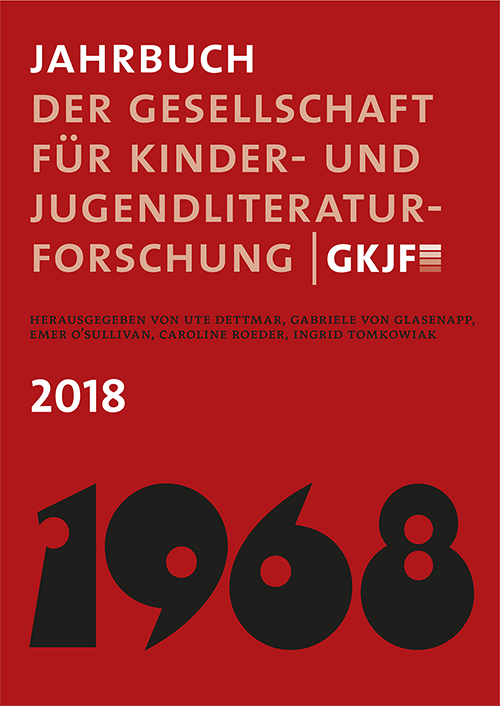The 1960s in Scandinavia
A Time of Change and its Impact on Concepts of Children’s Media
DOI:
https://doi.org/10.21248/gkjf-jb.22Schlagworte:
EnglishAbstract
This article, based on extensive source material from Denmark, Sweden and Norway, is about the changing norms for children’s media, childhood and art in Scandinavia in the late 1960s and early 1970s. The analysis demonstrates how changes within welfare state institutions converged with the youth rebellion’s wider criticism of children’s low status in traditional power hierarchies, and contributed to new definitions of the role of media in children’s lives. After establishing a wider historical contextualisation, the article moves on to show how the criticism of existing norms in the realm of children’s literature in the mid-1960s grew into a critique of the prevailing ideologies and existing narratives in all children’s media (including film, theatre and television) at the end of the decade. A key figure in the redefinition of norms for children’s media was the Swede, Gunilla Ambjörnsson. Her 1968 book, Trash Culture for Children, led to discussions about the role of media in children’s lives all over Scandinavia. Her core belief in the innate social and political interests of children had a great impact on the ways in which the possibilities for an explicit political agenda in children’s media were conceptualised in Scandinavia at large.
Downloads
Veröffentlicht
Ausgabe
Rubrik
Lizenz
Copyright (c) 2021 Jahrbuch der Gesellschaft für Kinder- und Jugendliteraturforschung

Dieses Werk steht unter der Lizenz Creative Commons Namensnennung - Nicht-kommerziell 4.0 International.





